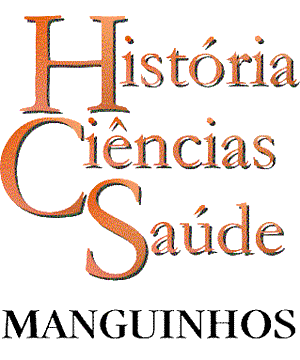Resumo em Português:
O presente texto retoma as discussões iniciadas no artigo "Simila Similibus Curentur: notação histórica da medicina homeopática" (1997), revendo desvios conceituais de outrora e aprofundando o debate histórico sobre as origens da homeopatia. A investigação se faz a partir de duas fontes principais: os textos antigos - Corpus Hippocraticum, obras de Galeno, Paracelso e Hahnemann - e os estudos elaborados por comentadores. Passados nove anos, ocorreu uma paulatina revisão dos conteúdos previamente abordados, retificação de alguns pontos e aprofundamento das discussões, permitindo um significativo amadurecimento das posições manifestas outrora. A homeopatia, 'nascida' no século XVIII, enraíza-se nas próprias origens da medicina ocidental, ao mesmo tempo em que busca florescer neste século XXI, como especialidade que deseja ser autônoma, mas que necessita da legitimação da ciência médica 'tradicional'.
Resumo em Inglês:
Revising earlier conceptual misconstructions and delving deeper into the historical debate on the origins of homeopathy, this text returns to discussions initiated in the article "Simila Similibus Curentur: historical notes on homeopathic medicine" (1997). Research has been based on two main sources: ancient texts - Corpus Hippocraticum and works by Galen, Paracelsus, and Hahnemann - and the studies of commentators. In the nine years since original publication, previously explored content has undergone gradual revision, some points have been corrected, and discussions have developed further, lending substantially greater maturity to earlier positions. 'Born' in the eighteenth century yet rooted in the very origins of Western medicine, homeopathy is endeavoring to blossom in the twenty-first century as a specialty that wants to be autonomous but that needs the legitimacy of 'traditional' medical science.
